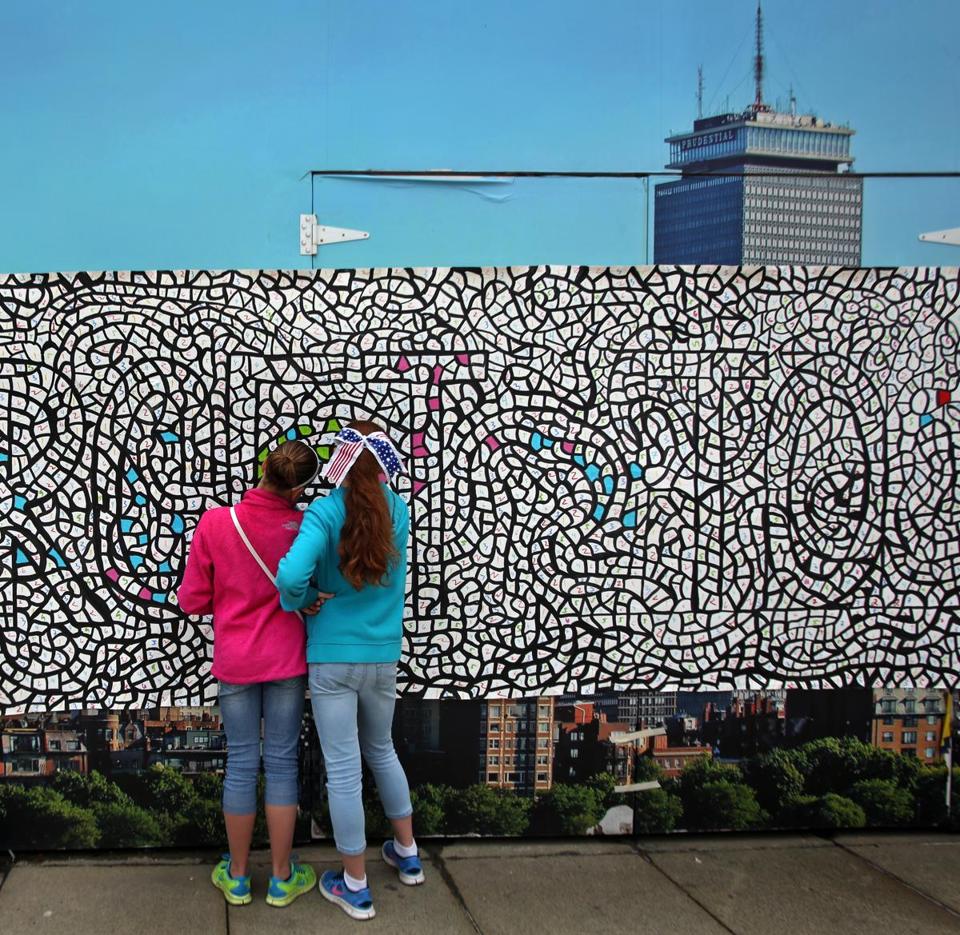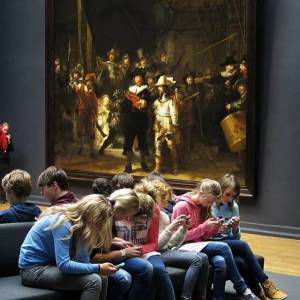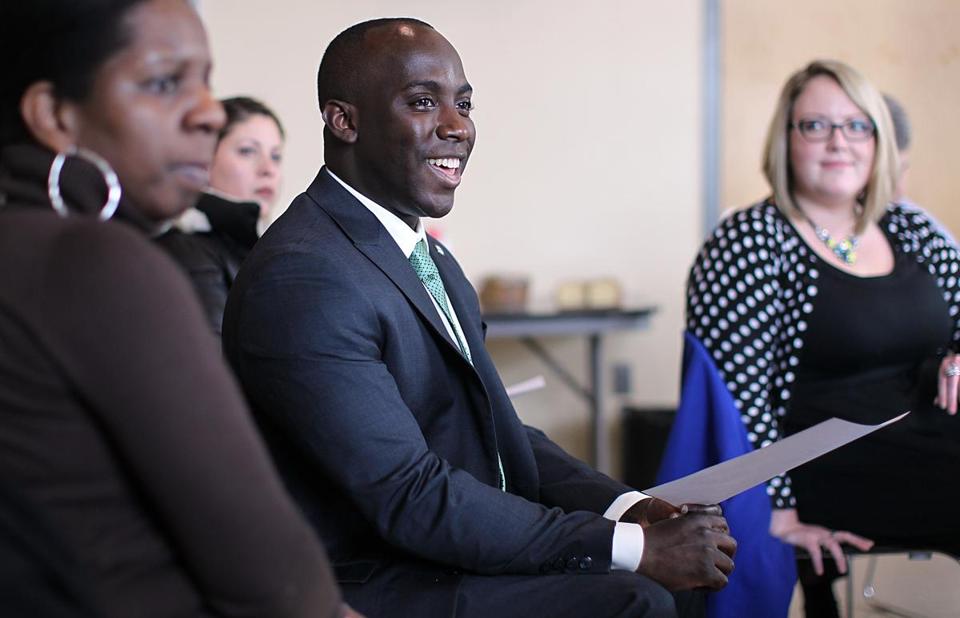Link Roundups feature articles and bits of internet goodness that our dramaturgy team digs up. If you find something you want to send our way, drop us a line on Facebook or Twitter!
♦♦♦♦♦
A group of black students from Harvard’s Graduate School of Design, frustrated with a lack of coursework that deals with race and social justice issues in design, have compiled their own syllabus for CityLab:
“Practitioners need to improve their proficiency with regard to working on social equity issues,” says Carlton Eley, an urban planner who works for the U.S. Environmental Protection Agency. He notes that there are professionals of color in organizations like the National Organization of Minority Architects* (NOMA) who are thinking critically about these issues, but are often overlooked by the mainstream design community…“The issue is an ideology that finds its roots in architectural modernism, which eliminates ethnocultural and even sociocultural conditions from the variables that define quality architecture,” says Lee. “When we eliminate these essential considerations, we lose the ability for architecture to respond to the colloquial design languages of the people it serves.”
♦♦♦♦♦
At HowlRound, Julia Rada explores the terminology “safe space” and what it means for educational spaces:
I have been thinking about how we, as practitioners, almost compulsively talk about “safety” in our work, particularly in the studio or classroom, as though it is embedded in what we do. Safety is ubiquitous in our vernacular; we ensure it almost by reflex. What is safety, though? What are we really trying to get at when we talk about “safety?” Can we actually ensure it? Isn’t education and art-making intended to be risky? If we are taking risks and growing, can we ever be truly safe?









